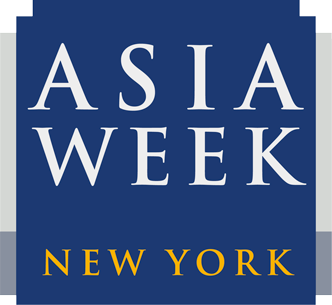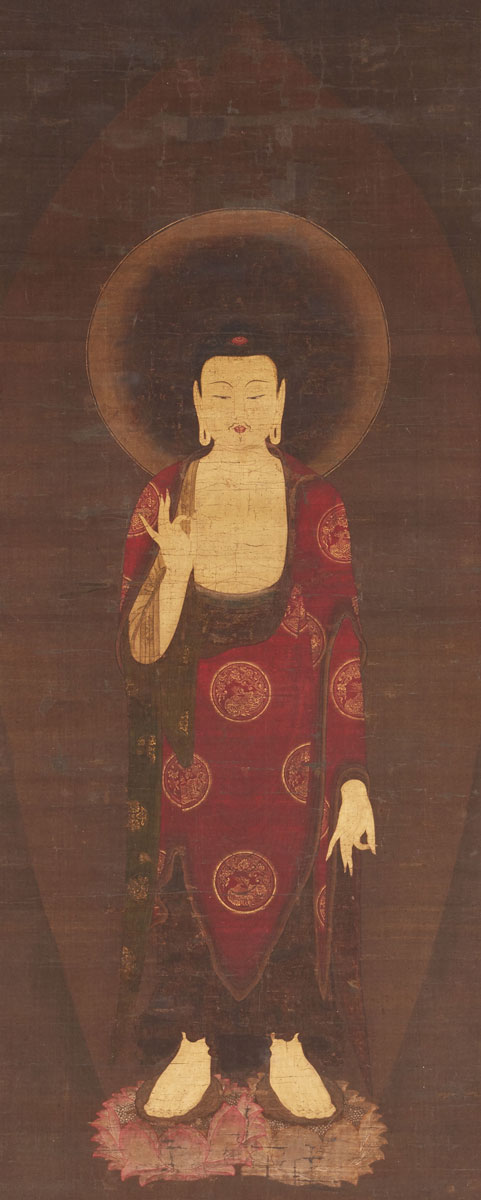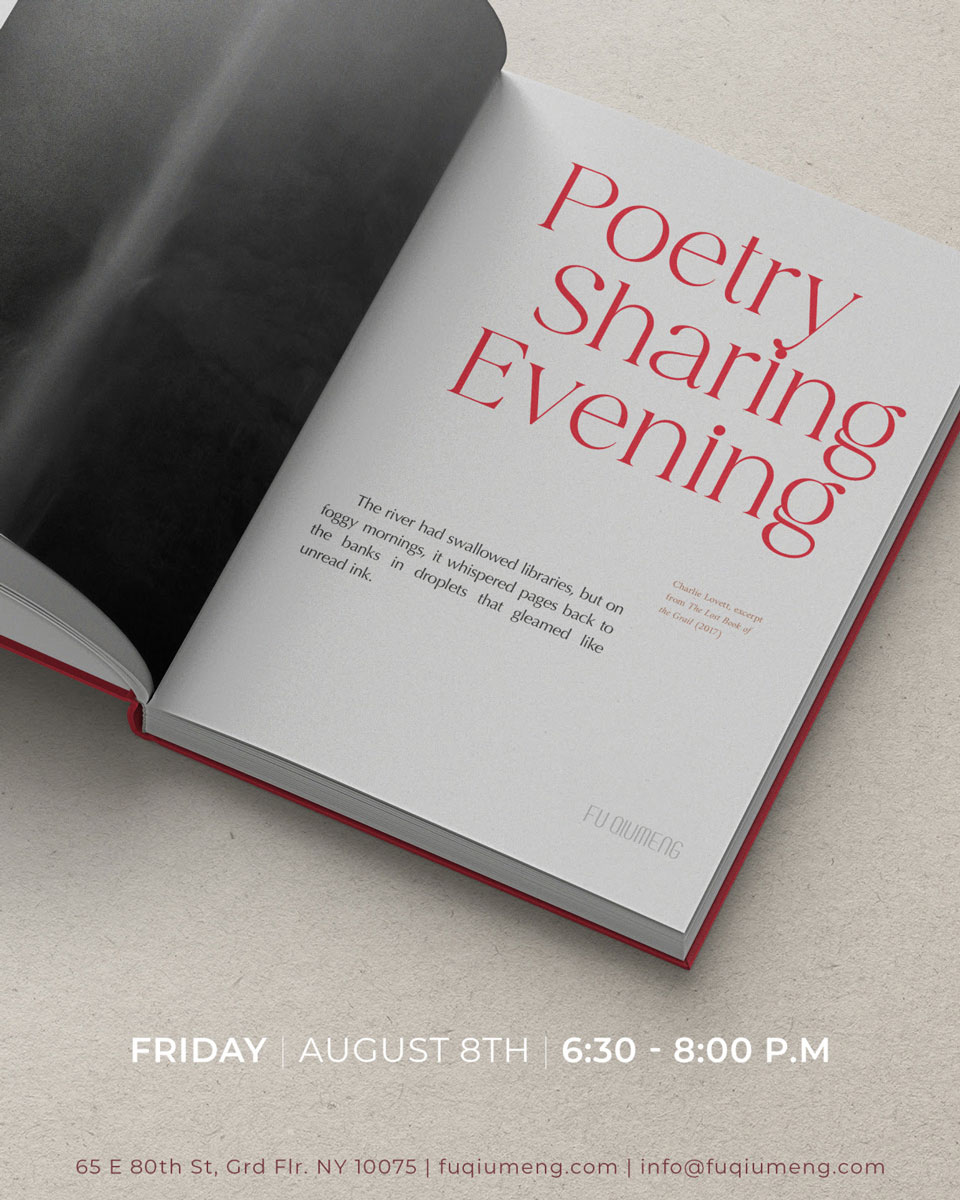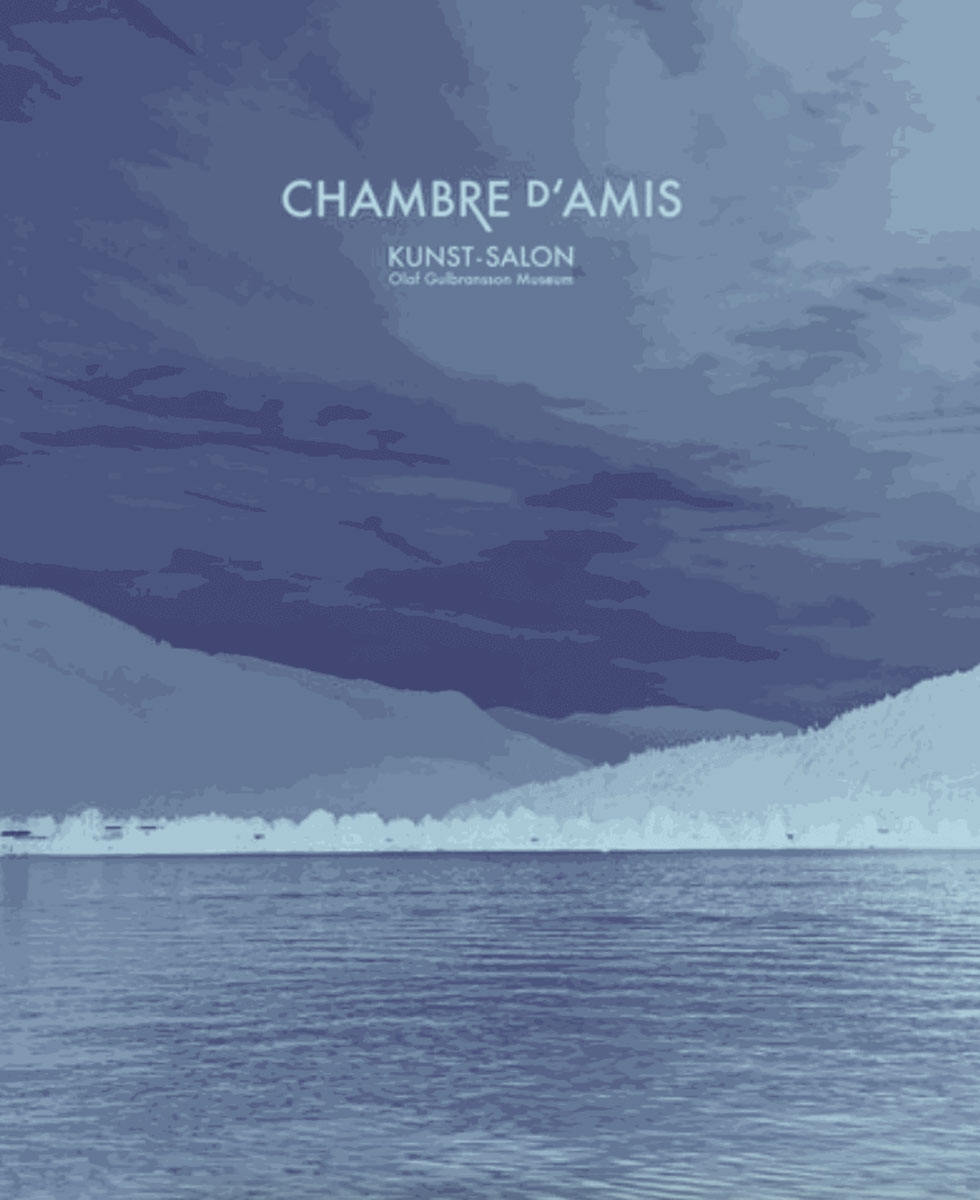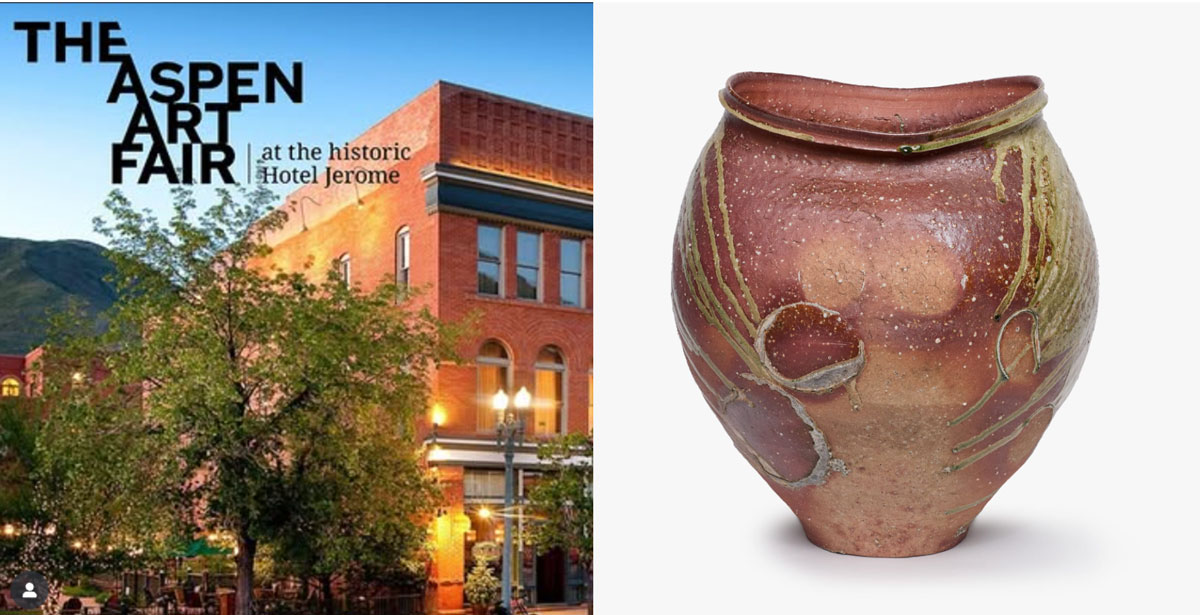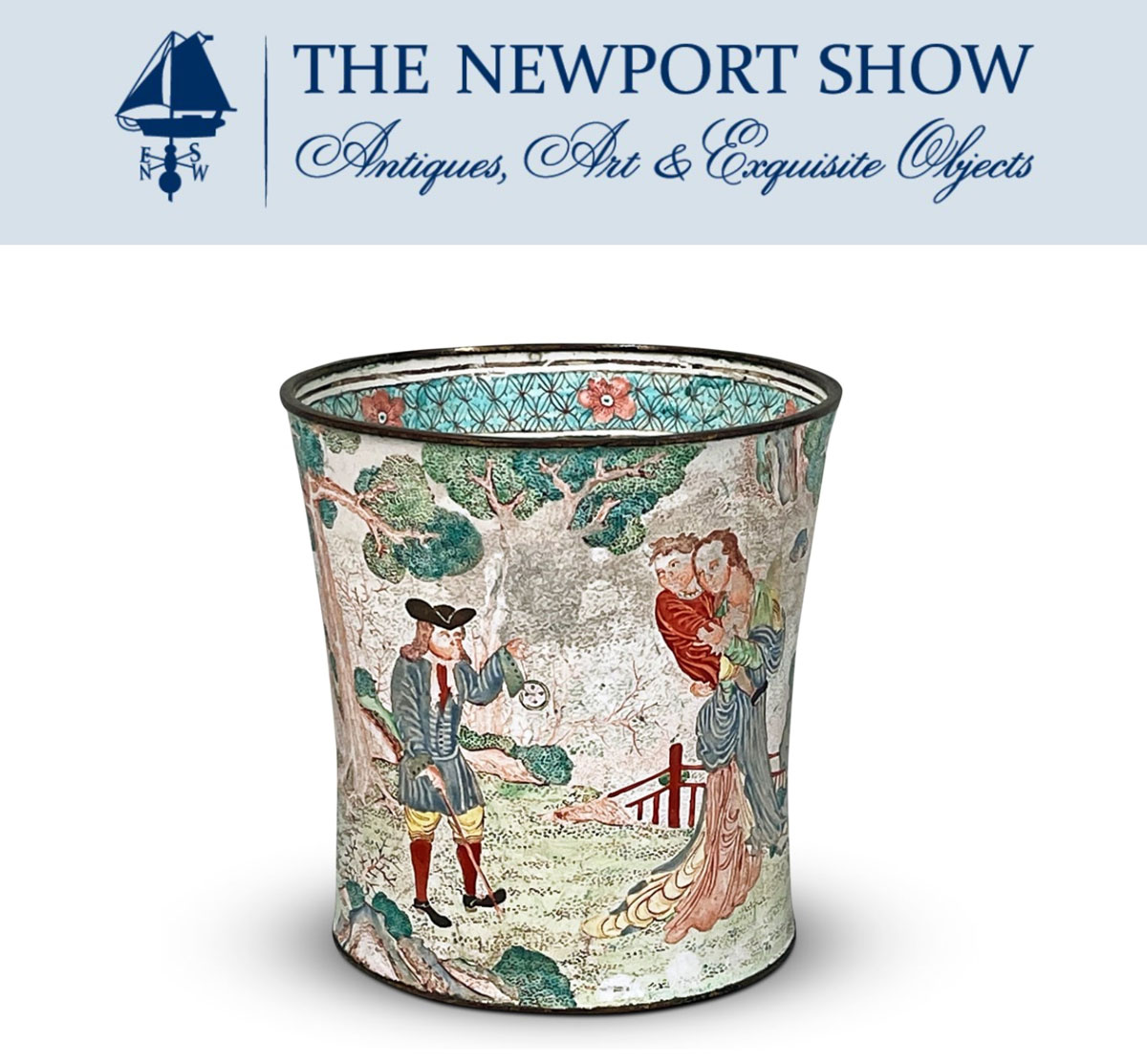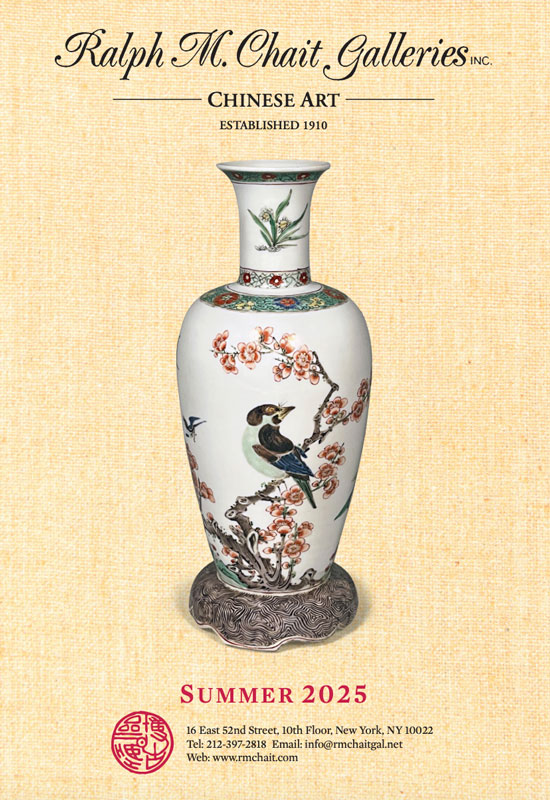
Installation view, Susumu Shingu: Elated!
Susumu Shingu: Elated!
Closing Sunday, August 10, 2025
There’s still time to experience the solo exhibition of the acclaimed sculptor Susumu Shingu (b. 1937) at Japan Society before it closes August 10! Susumu Shingu: Elated!, marks the artist’s first solo museum exhibition in New York City and features his mesmerizing sculptures that make visible the invisible forces of wind, heat, and gravity, while encouraging a heightened awareness of the natural environment.
Since the 1960s, Susumu Shingu (b. 1937) has designed and engineered kinetic artworks that enliven parks, plazas, and public spaces around the globe. His traveling outdoor exhibition Windcircus completed a U.S. tour in 1988, visiting sites in New York; Fall River, Massachusetts; Chicago; Boston; and Los Angeles. Since 1989, his collaborations with Italian architect Renzo Piano (b. 1937), including Boundless Sky (1994) suspended in Kansai International Airport terminal building, have become world renowned. Shingu has also created several site-specific, monumental sculptures permanently installed in New York City: Dialog with the Sun (1995), Distant Sky (2012) and Rainbow Leaves (2021).
Celebrating Shingu’s long and impactful career, this exhibition encourages us to contemplate our changing climate while appreciating summer breezes, inside and beyond the gallery walls.
To learn more and plan your visit, click here.
